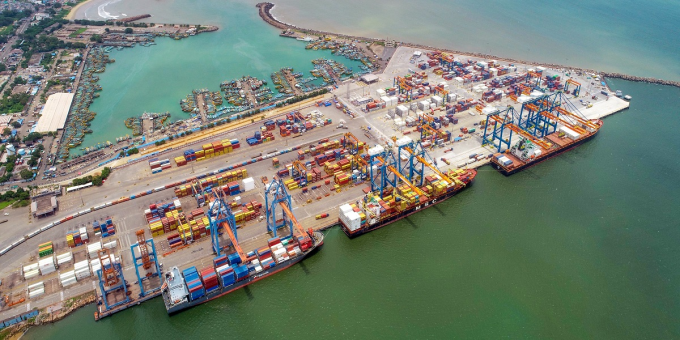Indian Customs to auction uncleared export boxes at Nhava Sheva
India Customs will auction abandoned or long-dwelling consignments at Nhava Sheva in a bid to ...

High port charges and lopsided tariff policies have been a major source of concern for container lines serving Indian trades, but some respite seems to have emerged, thanks to industry pushback.
“As shipping lines increased their capacities and expanded services to assist the Indian trade, there have been some positive developments,” Sunil Vaswani, executive director of the Container Shipping Lines Association (CSLA), told The Loadstar.
He said the multiple tariffs that had complicated containership calls to east coast gateway Visakhapatnam had eased, with an across-the-board rate hike from the end of May revised from 30% to 20%.
And he added that the port authority had agreed to abolish ‘priority berth hire’, commonly levied on box vessels irrespective of window calls. Generally, such charges come into play for vessels seeking to dock outside their allotted windows.
Visakhapatnam had also drastically scaled down the mandated security deposit for each port of call, said Mr Vaswani.
Visakha Container Terminal (VCTPL) has seen steady growth in box movement in recent months, reaching a new monthly high of some 63,500 teu in June, up from 48,500 teu a year ago, according to data.
But the CSLA believes more needs to be done to bring Indian ports up to par with their global peers, and propel container trade growth as carriers ramp-up their network reach out of the emerging market. It says there is a vast price differential on vessel/cargo-related tariffs that Indian ports must address to compete better for more direct ship calls.
Check out the latest Loadstar podcast with this clip of Xeneta’s Peter Sand explaining box line profits and M&A strategies
Other persisting concerns, Mr Vaswani said, included mixed train flows at Nhava Sheva port (JNPT), instead of dedicated connections for each terminal – a major pain point for carriers. From a port perspective, the combined train model is, arguably, used to maximise freight loads and minimise turnaround delays. The Nhava Sheva complex features five box terminals.
“The placement of mixed trains on arrival at Nhava Sheva is often incorrectly done, ie, instead of the train calling at a terminal for which it has maximum containers on board, it arrives at some other terminal,” he complained. “This not only increases the cost of transporting containers, but also increases the chances of shut-outs.”
And according to the CSLA, Indian ports also need to attain deeper draughts and other ancillary capabilities, such as the supply of shore power and bunkering facilities for alternative fuels.
“All these are required for new-generation vessels with larger capacity that operate on green energy,” it said.
Comment on this article